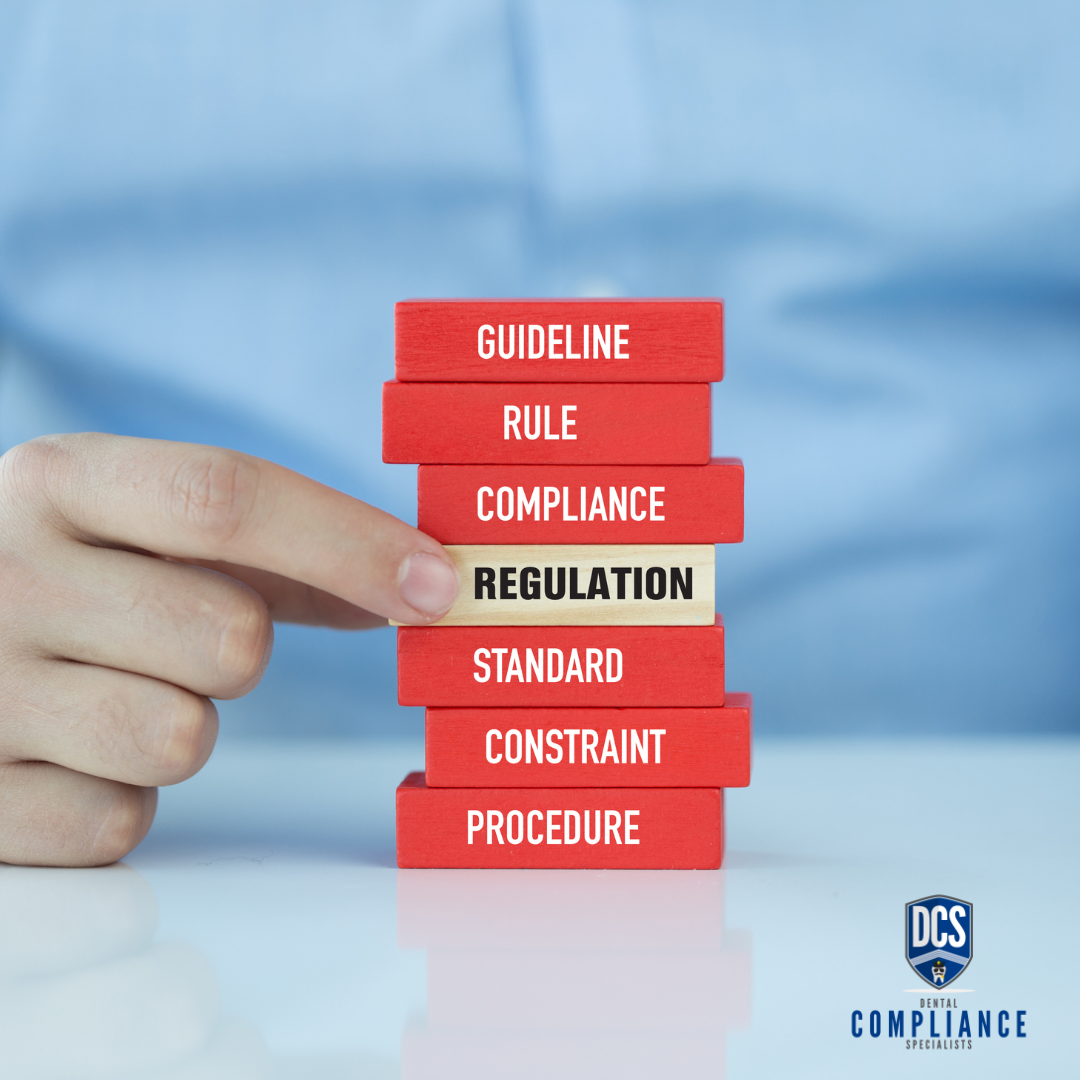Written by Duane Tinker (aka the Toothcop)
Greetings to dental practitioners. It is understood that our profession goes beyond mere dental procedures. At times, patient pain management necessitates the prescription of controlled substances. With this responsibility comes a stringent adherence to guidelines and DEA regulations. This article elucidates the essential protocols and regulations related to prescribing, management, and documentation of controlled substances.
Understanding Controlled Substances: A Comprehensive Overview
Initially, it's imperative to define 'controlled substances.' These pharmaceuticals, which possess a potential for abuse or dependence, are stringently regulated by the Drug Enforcement Administration (DEA). These substances are categorized into five schedules, from I to V, based on their abuse potential, medicinal application, and safety considerations. In dentistry, practitioners often encounter substances from Schedule II, III, and IV, which include medications like hydrocodone, codeine, and certain benzodiazepines.
DEA Registration: An Essential Prerequisite
For the prescription of controlled substances, registration with the DEA is mandatory. Upon registration, you'll be assigned a DEA number, which must be featured on all prescriptions for such substances. It is paramount to understand that this identification is exclusive to you and allowing its use by another is a breach of federal law.
Prescription Protocols and Regulations Awareness of State Laws
While federal regulations provide a foundational framework, individual states might enforce supplementary regulations. It's always prudent to be abreast of both federal and state-specific regulations to ensure full compliance.
Patient Verification Protocols
Before finalizing a prescription, it's essential to authenticate a patient’s identity and assess their medical background. Some jurisdictions might necessitate a review of the Prescription Drug Monitoring Program (PDMP) database.
Stipulations for Prescriptions
Schedule II drugs typically require a conventional written prescription. With the rise of digital healthcare, electronic prescriptions are gaining traction, but they must align with all prevailing regulations. Substances from Schedule III and IV have a refill provision, typically up to five times within a half-year span.
Appropriate Quantity and Duration
The principle is to prescribe the minimal quantity essential for efficacious pain management. Given that acute pain is often transient, excessive quantities or prolonged refills are seldom warranted.
Management and Security of Controlled Substances Emphasis on Secure Storage
The safekeeping of these medications is crucial. They ought to be stored in a securely locked, robust cabinet, ensuring they're inaccessible to unauthorized individuals.
Access Regulation
It is advisable to limit access solely to essential personnel and maintain a meticulous log of those with access rights.
Documentation and Recordkeeping Inventory Maintenance
It is a regulatory requirement to maintain an initial inventory and conduct biennial inventories thereafter. All such records must be retained for a minimum two-year duration.
Protocols for Disposal and Transfer
For the disposal of redundant or expired substances, the DEA Form 41 is obligatory. Any transfer of controlled substances mandates the use of DEA Form 222 for Schedule I and II substances.
Inspection Preparedness
It is vital to be prepared for potential DEA inspections. This could encompass scrutiny of records, inventories, and even storage facilities.
To the dental community, this provides a comprehensive overview of controlled substance prescribing within the purview of DEA regulations. While this might seem extensive, adherence to these regulations is indispensable for both patient safety and the integrity of the practice. It is recommended to familiarize oneself with both federal and state guidelines, ensure accurate recordkeeping, and prioritize the secure storage of medications


